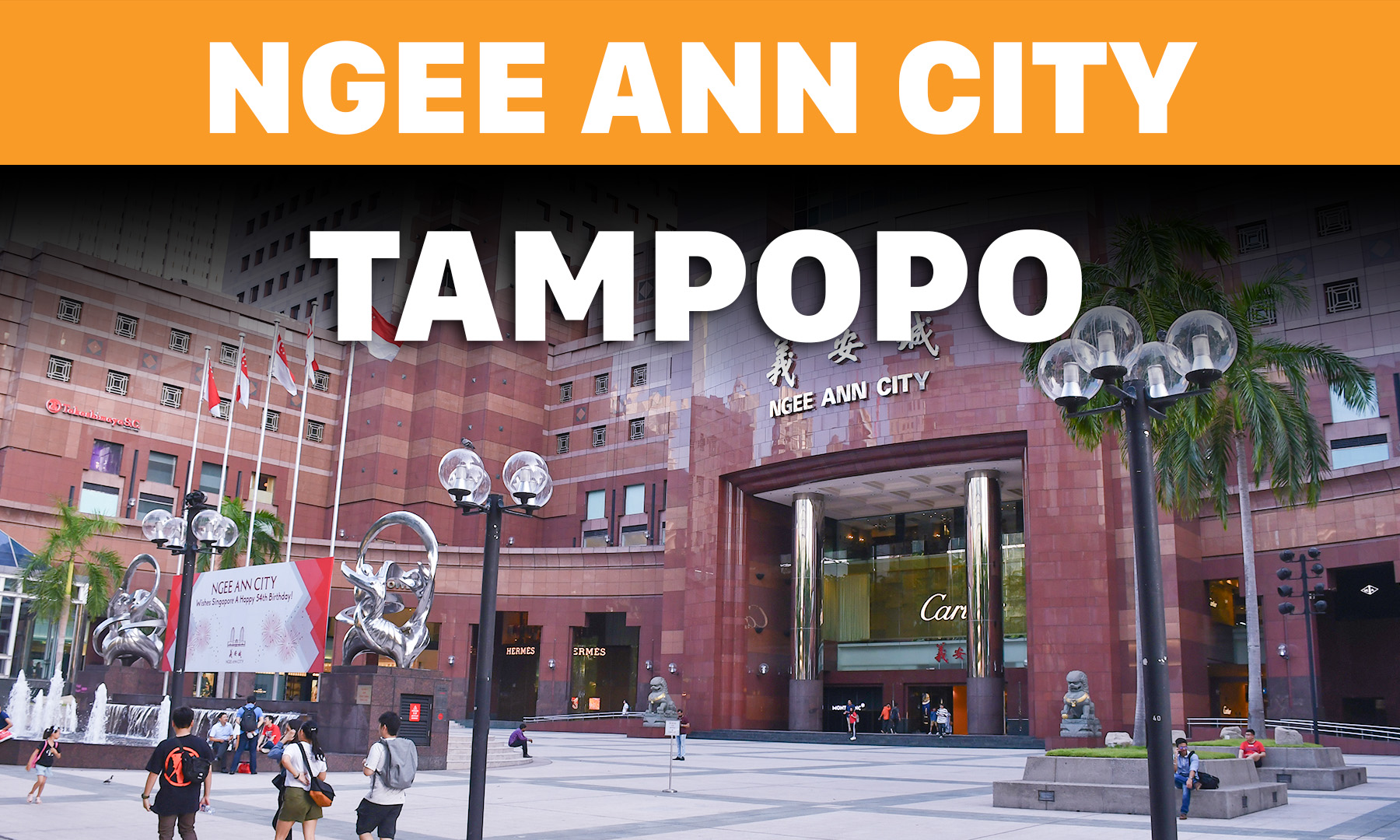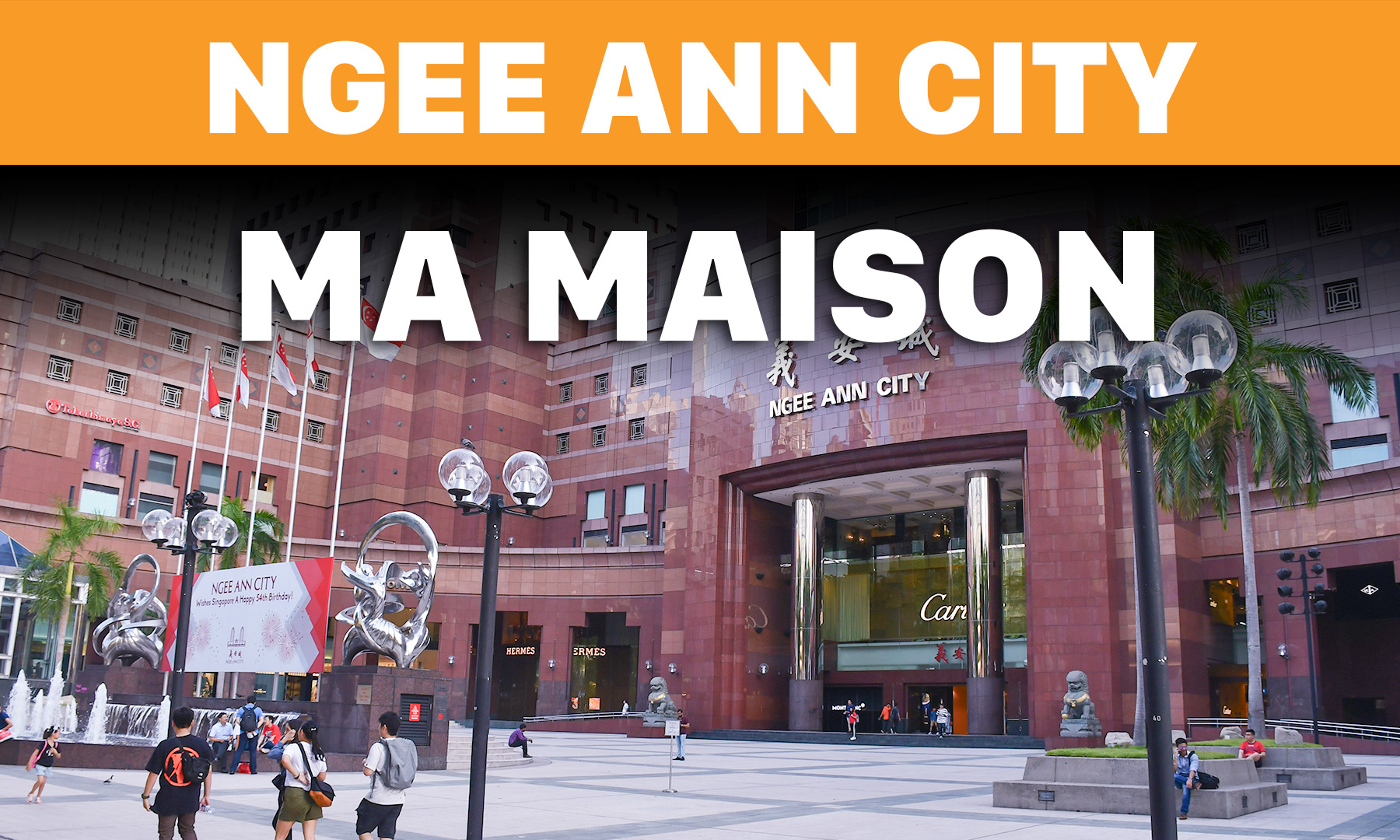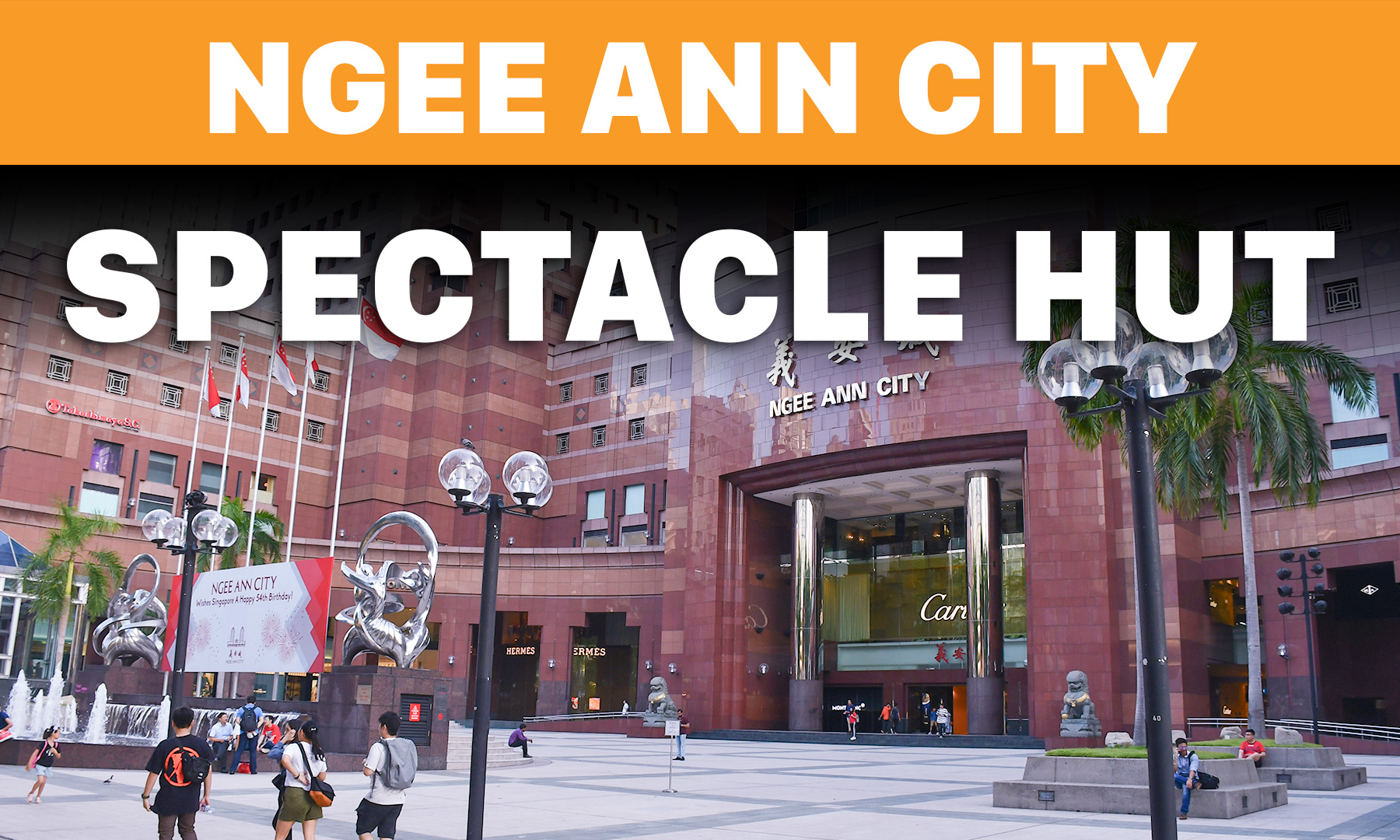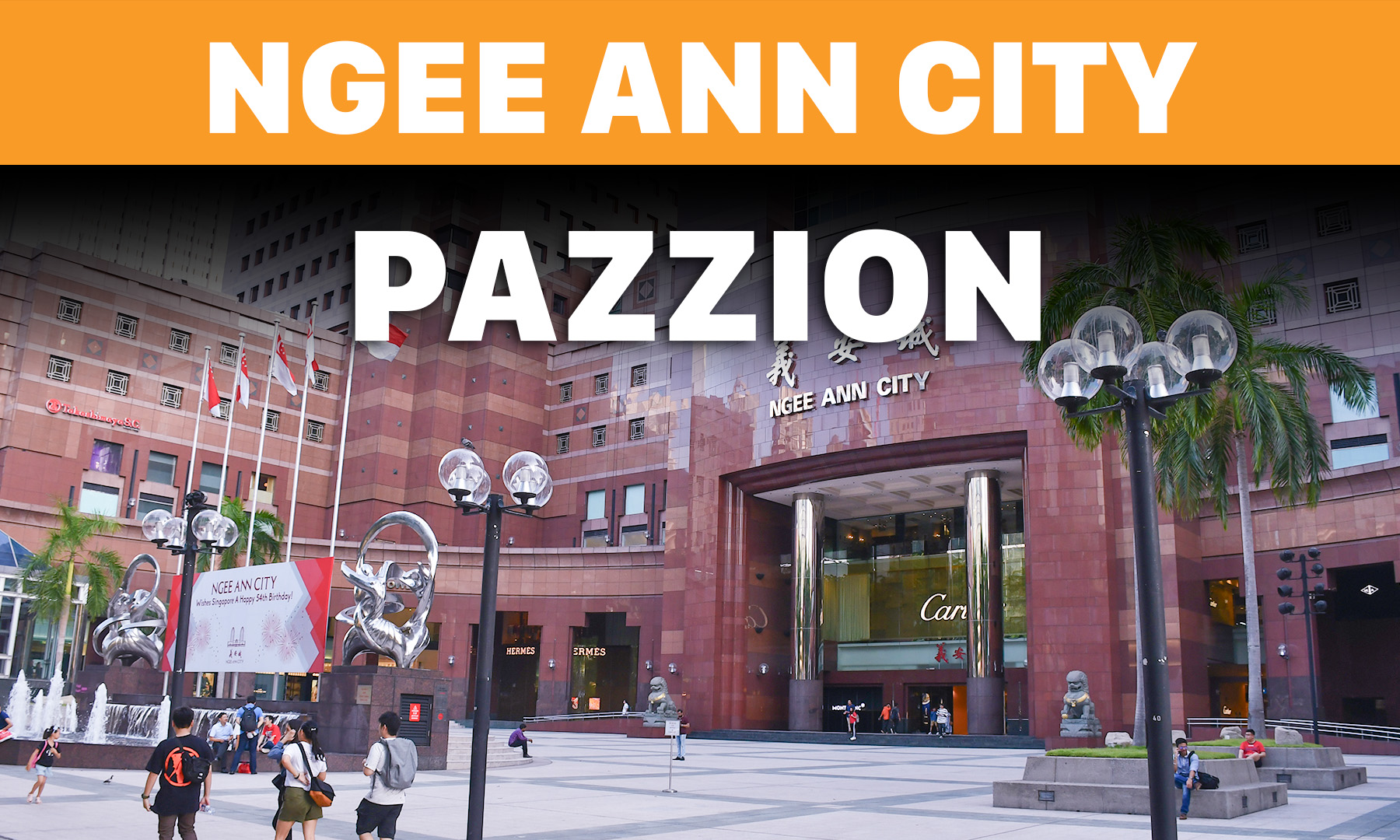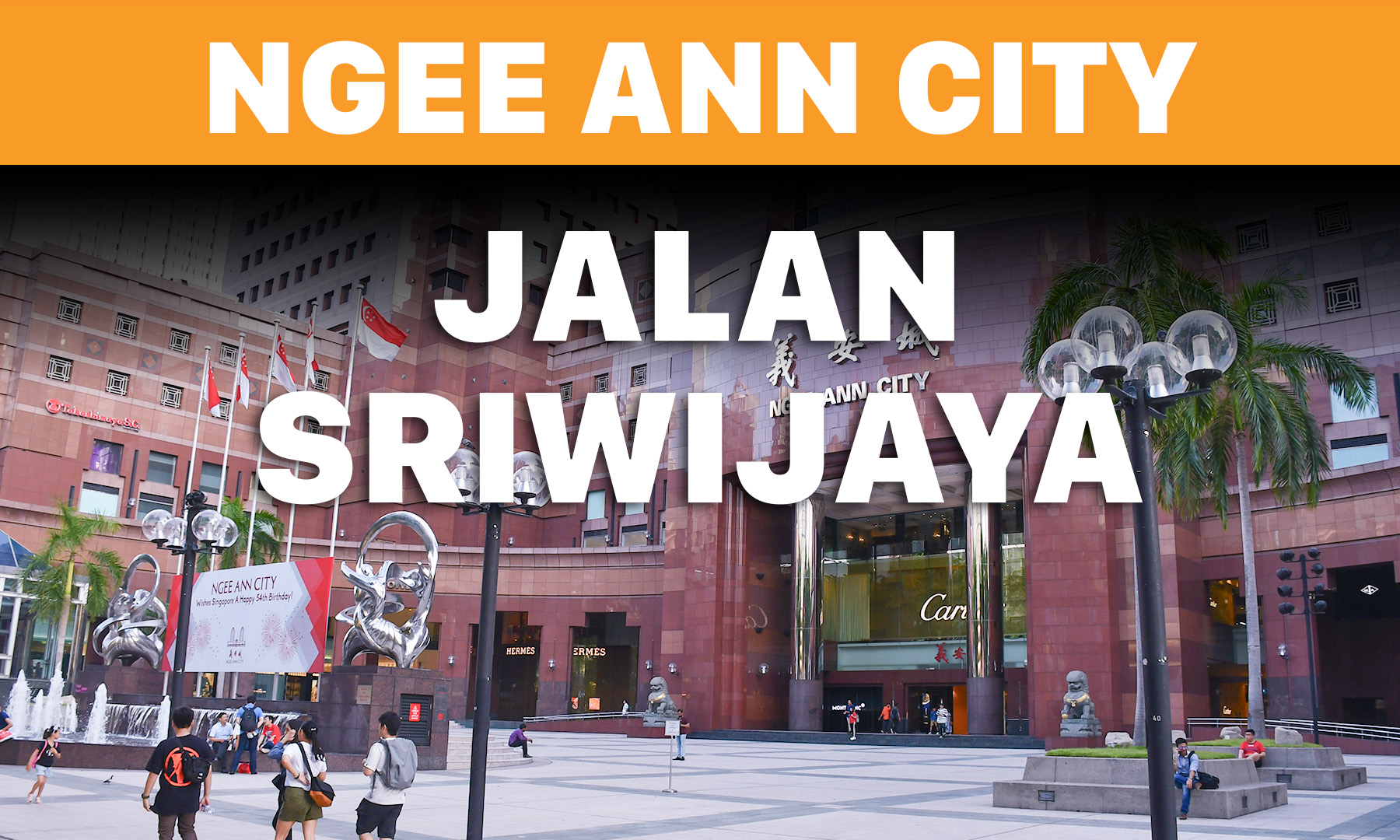Majestic Hornbill Sightings in Singapore: A Glimpse into their Origins and Fascinating Journey


Introduction:
Singapore, known for its modern skyline and bustling city life, is also home to a surprising natural wonder – the magnificent hornbill. While the hornbill is not native to Singapore, sightings of these beautiful birds have become increasingly common in recent years, captivating the attention of locals and nature enthusiasts alike. In this blog, we will explore the origins of the hornbill in Singapore and delve into the reasons behind their remarkable presence.
Origins of the Hornbill in Singapore:
The hornbill species commonly spotted in Singapore is the Oriental Pied Hornbill (Anthracoceros albirostris), known for its striking black and white plumage, large beak, and distinctive casque on top of its bill. These avian visitors are not indigenous to Singapore but originate from nearby regions such as Malaysia and Indonesia.
Why are Hornbills Visiting Singapore?
- Habitat Loss and Fragmentation:
One of the primary reasons for the hornbills' presence in Singapore is the loss and fragmentation of their natural habitats in neighboring countries. Rapid urbanization and deforestation have disrupted their ecosystems, leaving them with limited resources and nesting sites. As a result, hornbills have been forced to venture into new territories in search of suitable environments to thrive.
- Green Corridors and Nature Reserves:
Singapore's efforts in creating green corridors and nature reserves have played a significant role in attracting hornbills. These conservation initiatives provide pockets of protected land, offering the hornbills a safe haven amidst the concrete jungle. The well-connected green spaces allow the birds to navigate through the city, creating opportunities for sightings and breeding.
- Fruit-Bearing Trees:
Hornbills are frugivorous birds, meaning they rely heavily on fruits for sustenance. Singapore's lush greenery and well-maintained parks and gardens provide an abundant supply of fruit-bearing trees, making it an attractive feeding ground for hornbills. These trees serve as a vital food source, supporting the hornbills' survival and encouraging their continued presence.
The Fascinating Journey:
The journey of hornbills to Singapore is nothing short of remarkable. These birds have displayed an extraordinary adaptability to urban environments, successfully acclimating to the city's sounds and disturbances. Despite the challenges posed by a human-dominated landscape, hornbills have managed to carve out a niche for themselves, captivating residents with their awe-inspiring aerial displays and distinctive calls.



Conclusion:
The sightings of hornbills in Singapore offer a glimmer of hope for nature conservation in urban settings. These remarkable birds symbolize the resilience and adaptability of wildlife in the face of habitat loss. Singapore's commitment to creating green spaces and preserving nature has paved the way for the hornbills to find refuge and flourish amidst the city's skyscrapers.
As we continue to cherish and protect the natural heritage of Singapore, let us also celebrate the presence of these majestic creatures and strive to create a harmonious coexistence between humans and wildlife.
So, keep your eyes peeled and be prepared to witness the breathtaking beauty of hornbills gracing the skies of Singapore, reminding us of the extraordinary wonders that nature can bestow upon us even in the most unexpected places.
References:
- National Parks Board Singapore - https://www.nparks.gov.sg/
- WildSingapore - http://www.wildsingapore.com/
- The Straits Times - https://www.straitstimes.com/
(Note: The information provided in this blog is accurate as of the knowledge cutoff in September 2021. For the latest updates, please refer to reputable sources and organizations dedicated to wildlife conservation in Singapore.)
We extend our heartfelt gratitude to a dear friend of our page for generously sharing these captivating pictures with us.












































































